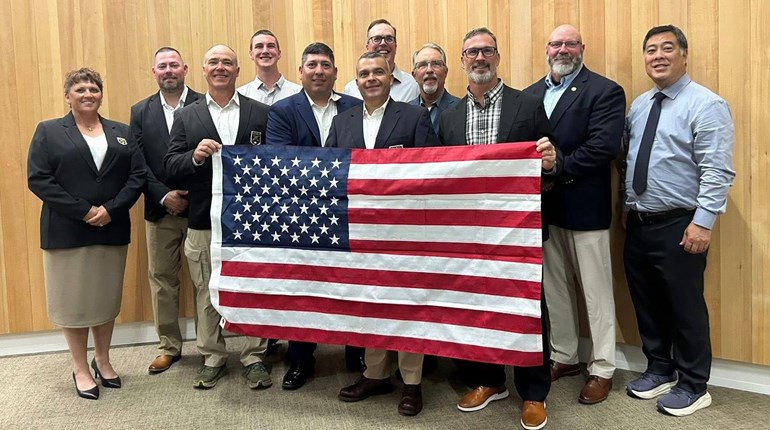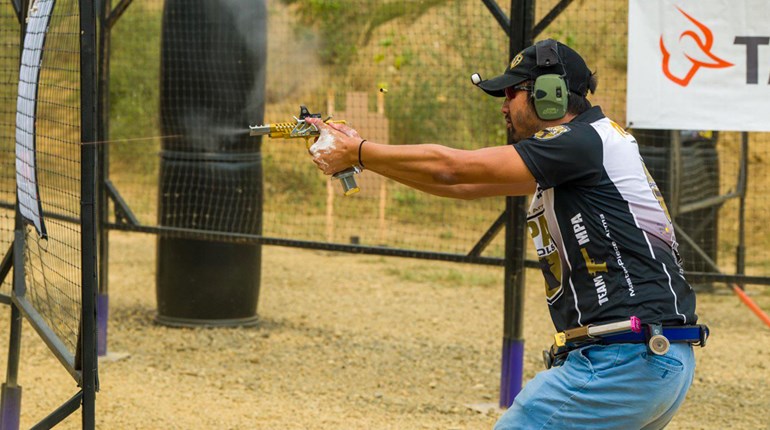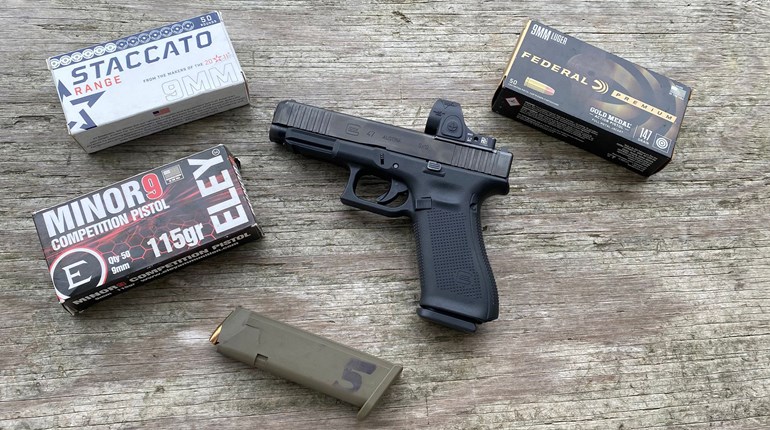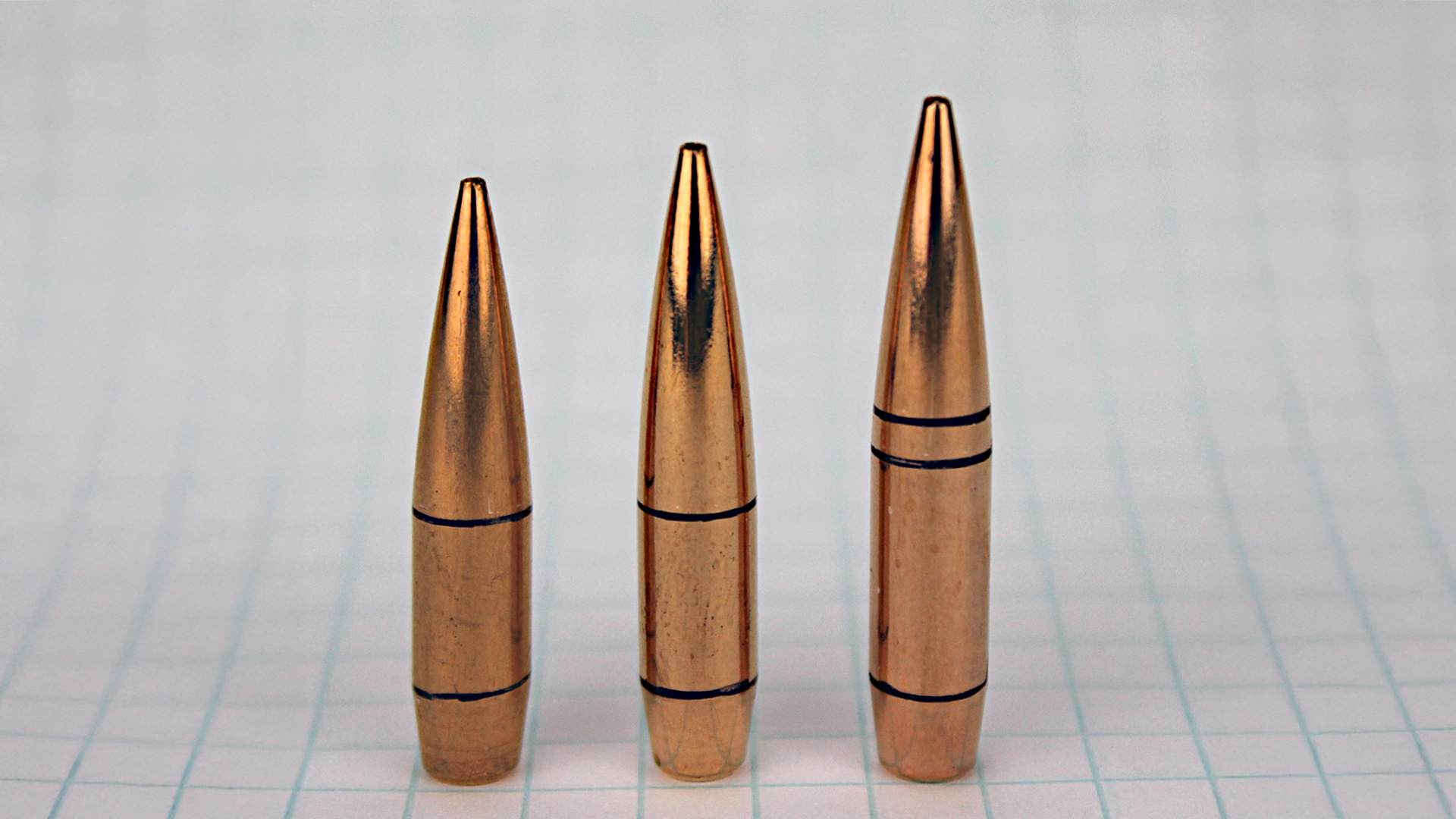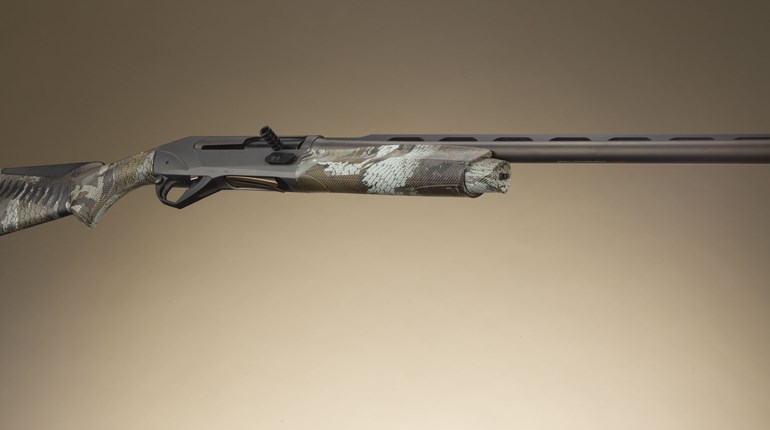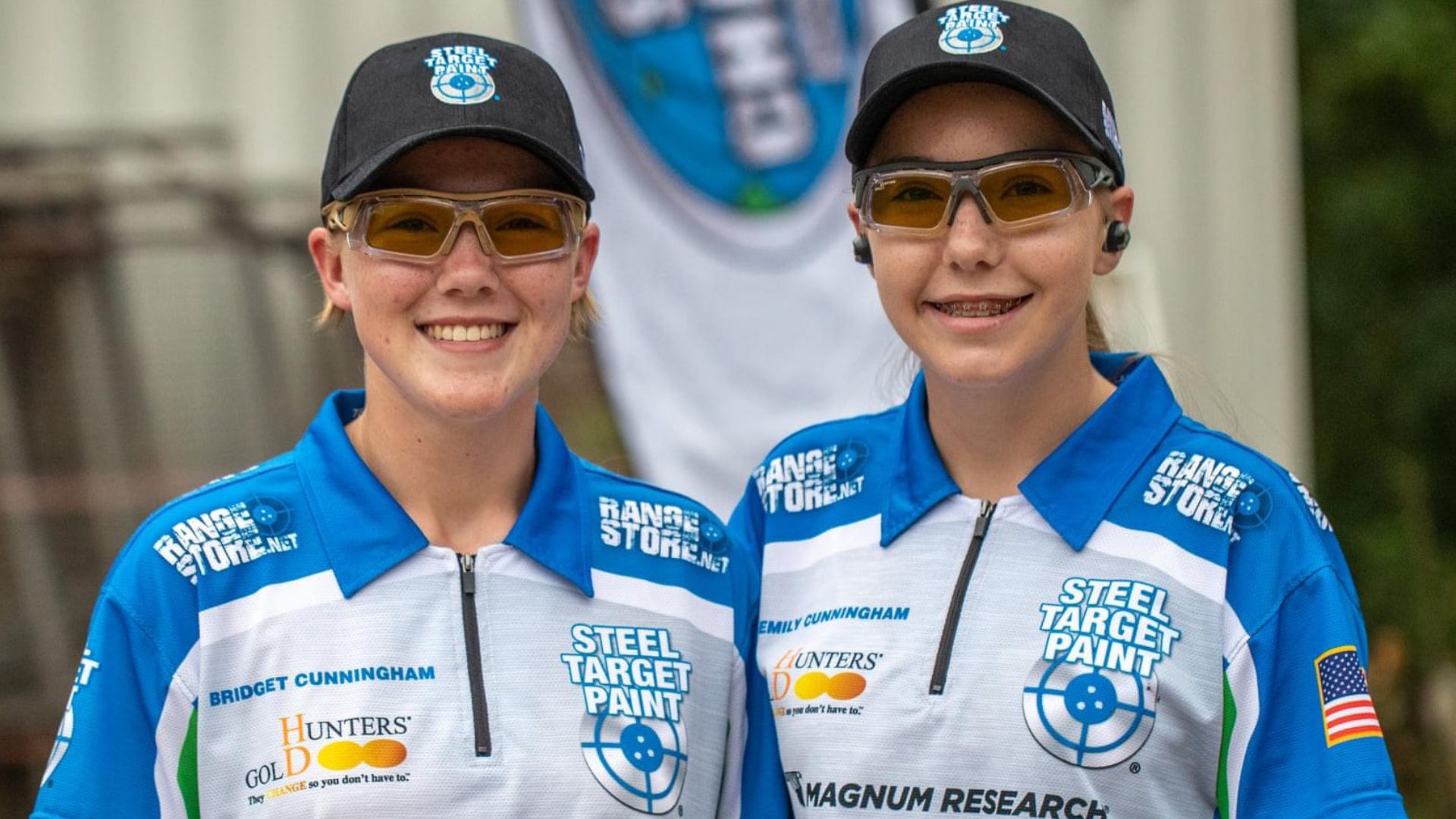
Many of you have heard my story: A friend of my dad asked him about taking us to a local Steel Challenge match and after we participated, we fell in love. Since I’m about to start a new chapter in my life, I figure it’s time to elaborate and tell others about my journey in competitive shooting.

I remember the day and days leading up to my first match clearly. Remember that this is my story, and I’m sure Emily probably had different thoughts during these past few years. Well, my sister and I had just recently left a public school so we could start homeschooling. I was in my comfort zone every day, and Taekwondo was the only thing I was dedicated to other than school. It seemed so sudden when our dad came up to us and asked about going to the range to shoot steel. This was something I had never done before and it was out of my comfort zone. We ended up agreeing to go. This conversation will always be funny to me, but I actually went up to my mom and asked, “Is it hard to shoot a rifle standing up?” Keep in mind that I had only ever shot a rifle at a bench except maybe once or twice when I was younger. I also wasn’t too big into shooting pistols. Everything about this new sport was unusual to me, and that was terrifying.
The day came and it was time for me to shoot. While the events of my first match are blurry from time, I remember my stock Ruger 10/22 and stock Mark III. The best part is that I had to look under a scope to shoot with iron sights on my rifle. Obviously, the day was a lot of fun because we kept going to matches. Soon, the local matches became a part of every month. If this specific experience of starting Steel Challenge as an unsure 13-year-old has taught me anything, it’s that no one should ever be scared to try something new.
In 2018, we participated in a few matches, but it wasn’t until 2019 when I realized I wanted to be serious. Sure, I put in effort during my first two years of shooting, but I didn’t know how far I wanted to go with it. For me, 2019 was the year to go all in to achieve my goals. While it was awesome and I had a great time, it wasn’t the easiest. In the rest of this piece, I will be writing what I’ve learned in shooting and when those lessons apply to my everyday life.
Watch and Learn
To start, my first Steel Challenge Tier 2 match was in Tennessee. I didn’t know many people there, but everyone was open to giving advice. One man I will never forget is someone we were squadded with: Canadian Mike. We were on Speed Option when he told me, “Don’t shoot the plates in that order. Try to shoot the far right one first and just go across.” For context, I used to shoot the very front plate first. There are two things I learned from this situation; sometimes you should squad with people you don’t know, and always consider the best way to shoot stages. Squadding with strangers may sound scary to some, but it’s the best way to learn and sometimes to teach.
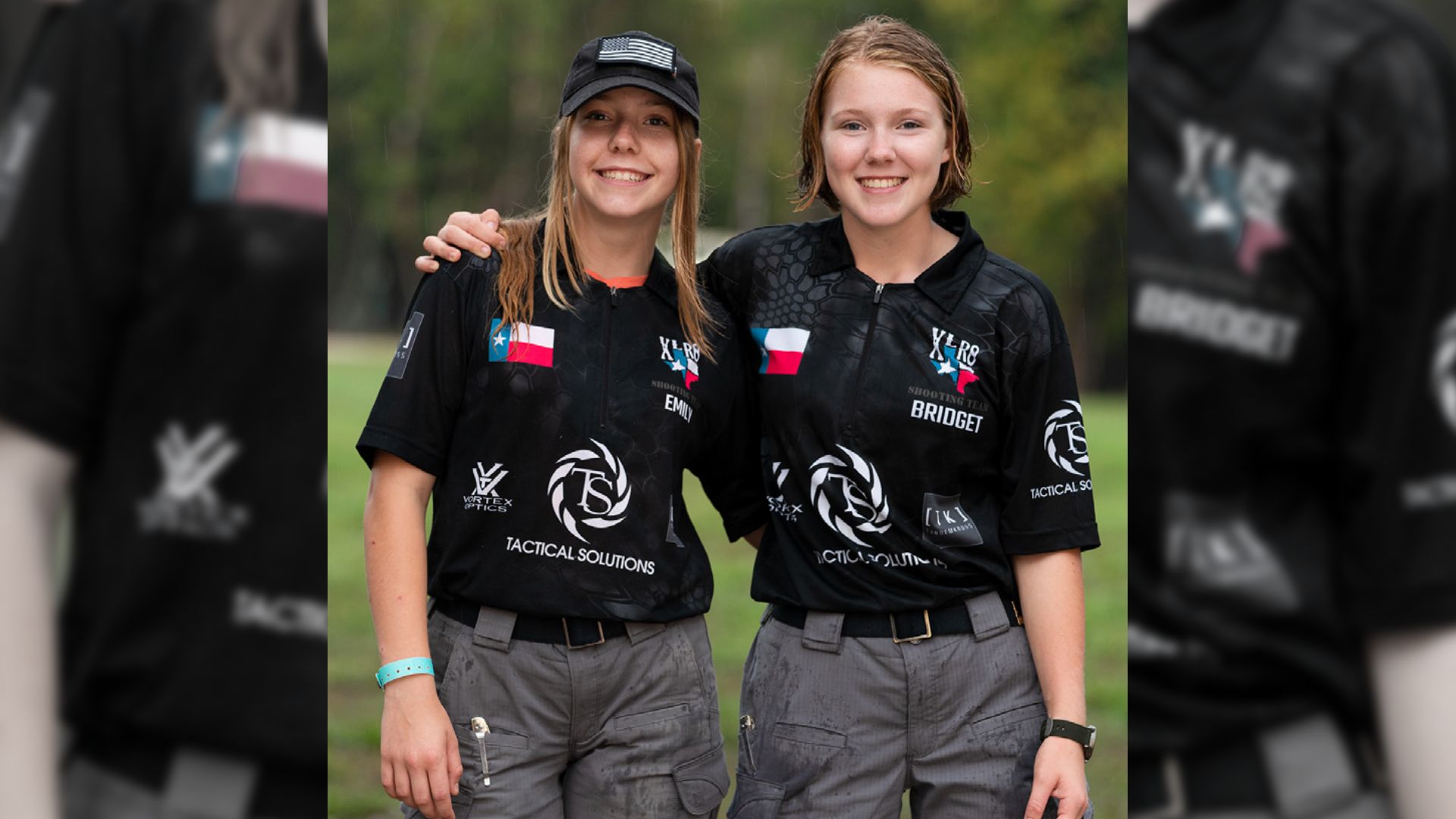
By teach, I don’t mean to squad with people who you don’t know with the only purpose of talking and teaching. I mean sometimes teaching goes naturally. Simply watching people shoot can be a lesson about something. I remember being a new shooter and being clueless on what order to shoot the stages. Watching how others shoot (this idea ties into what I said about teaching!) and taking that into consideration helped. This doesn’t mean to immediately change the order in which you shoot plates only because you saw someone do differently. This means to consider and maybe try it to see how it feels. Everyone has a different shooting style, and it’s important to find your own.
Everything about competitive shooting has had an impact on my communication and social skills, and my shyness. It wasn’t just going to matches that made the impact happen, I had to learn to put myself out there. This built character in my early teenage self, and it allowed me to learn from others. Having the ability to ask questions and discuss topics with other competitors and spectators will benefit every competitor out there. Don’t get me wrong, I’m still a shy person! That’s my personality, and there’s nothing wrong with it if I know when to be more outgoing. For all my shyer readers, don’t change how you are. It isn’t about being shy or not, it’s about going out of your comfort zone. The communication skills I have learned by putting myself out there will benefit me in every part of life.
Another great thing I learned from participating is that everyone is willing to help. My blog has already pointed out that communicating with everyone is beneficial, so be sure to communicate. When I first saw the top shooters at matches, I was very nervous. It was preferable to stay at a distance and watch them shoot, and while this is helpful, it’s even better to go talk to them. If you’re having an issue, they may not have an answer, but they will normally always have a suggestion. This goes for everyone too! You could go up to anyone at a match (unless they’re completely new), and they will try to help you with whatever question you have. There are even some shooters who use unconventional equipment or parts. It may seem to be safer to stick to what everyone else is using, but sometimes it works out when trying something new. Next time you see someone using something you’ve never seen before, maybe you should have a chat with them.
As far as tips I’ve learned from shooting, I need everyone to remember that we are all different. Everyone has different struggles when it comes to competing, and mine happen to deal with the mental side. From the very beginning, the mental aspect of shooting has been a bother. I’ve had to find ways to overcome these struggles, and why keep my methods a secret? The first thing I can say is to breathe. Especially when I first started, I found myself not breathing. Not breathing enough, anyway. No matter if it’s at practice or at a match, take a moment to breathe if you need to. When I’m at practice, there are times I will set my firearm on the table and take a second to breathe. When I’m at matches and don’t want to do that, I find other ways to breathe and get my mind right. My most common method is to take my magazine out, check the number of rounds if I can, and put the magazine back in. With divisions where I shoot more than one string with the same magazine, I will just go ahead and change magazines to make sure I am calm.
Clear Your Mind
There was a person who pointed this out to me: I tend to “get my mind straight” before shooting. When you know you’re about to shoot, it’s a good idea to take a breath, clear your mind, and do something to prepare yourself. An odd thing I started doing is I’ll count. Not just random counting: normally, I count when the person ahead of me shoots a plate. Other times I just tap my fingers together, and while “one, two, three, four, five,” isn’t going through my head, this means that nothing is going through the muscle in my skull. Even while preparing to shoot and dry-firing through the stages, I count. Depending on the stage, I will either count with every movement I make (from the cone to the first plate, first plate to second plate, etc.) or I will count as I go over each plate. The second option is good when you don’t want to drop the hammer on your firearm. Instead of dry-firing stages, I tend to keep my finger off the trigger and use the counting as I go over each plate method. This way I can keep calm by counting, and I can count as I would pull the trigger if I were to shoot.
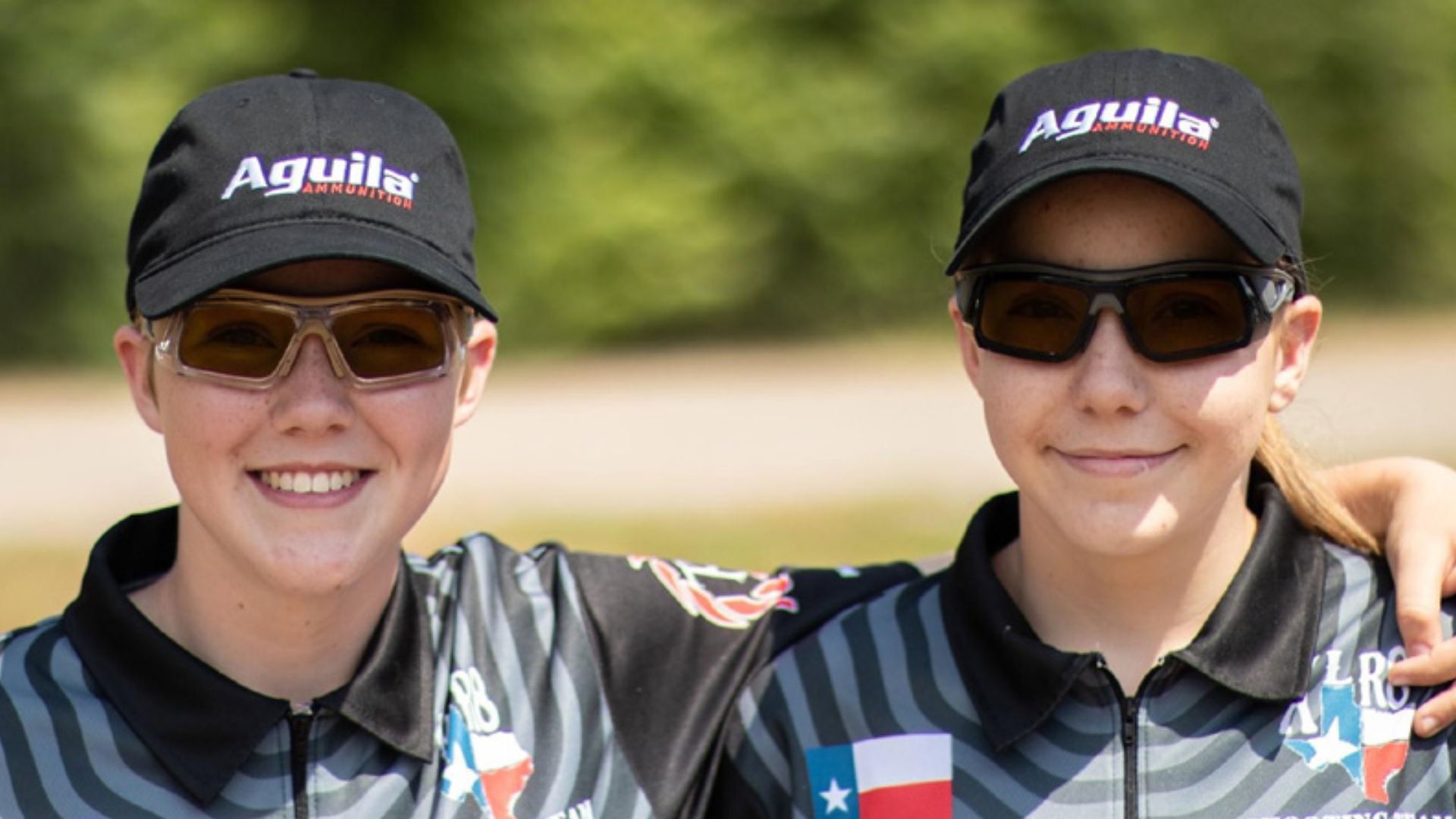
If you’re involved in shooting sports, I know you’ve been told about dry-firing. Sane people dislike dry-firing, but people who want to be successful have done it. While I no longer dry-fire like I probably should, it has still impacted me to this day. It surprises me when I finish shooting and realize I wasn’t looking at the sights. It’s much more noticeable with rifles, but it works for pistols too. Because of hours upon hours of dry-firing, I can bring up my rifles and the cheek placement will be the same every time. This means I can look past the sights and rely on hand-eye coordination. With this technique, if I’m looking at the plate through the sights, I will hit it. There have been many times when I finish shooting and think, “I don’t remember ever seeing my sights.” One way to know when this is happening is if hits keep stacking. When I notice myself using hand-eye coordination, I realize that my shots are stacking because I am looking at the shots already on the plate. On stages where I know hand-eye coordination helps, I tend to make sure my hits on the first string are in the center of the plates so when I go through my next three or four strings, my next hits follow the pattern and are also in the center. This is only possible by hours of continuous dry-firing.
Don’t Give Up
This next part is going to sound corny or similar to what everyone says, but the most important thing is to not give up. No one except those close to me know that in 2019, I almost quit. We all know that I didn’t, but no one knows how close I was. It was a few months after my first WSSC and it felt like I had a huge amount of pressure to always perform well. This experience is what drives me to advocate for the fun aspect of shooting sports. Yes, we go to competitions to perform, but we also go for the community and our own personal reasons. Sometimes, I look back and think about the fact that if I had quit in 2019, I would not have met the people I have, I wouldn’t have done the accomplishments that I’ve done, and I wouldn’t have the experience that I now own. The awards don’t mean much to me; the progress I’ve made as a person is what I’m really proud of.
Already, it should be apparent that almost everything I have written so far can be used in everyday life. Shooting will take a back burner when I’m in college, but the lessons I’ve learned in shooting not only helped me grow as a shooter, but as a person. These lessons will definitely be useful in college (especially the ones related to communication skills). Even what I said about dryfiring can be used in everyday life; sometimes one needs to do something that isn’t entertaining to get entertaining results. I hope what I’ve written helps you in shooting activities, but also in daily life. I’ll see y’all around.
Article from the September/October 2021 issue of USPSA’s magazine.
Read more: Grant Kunkel: The Vision, Gear And Training To Be The Fastest













